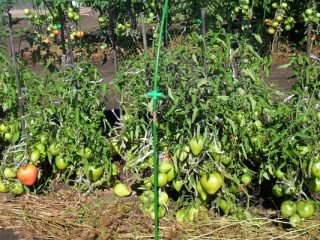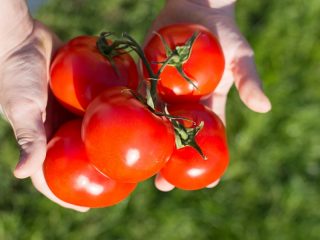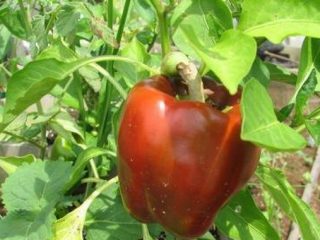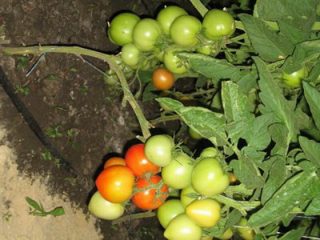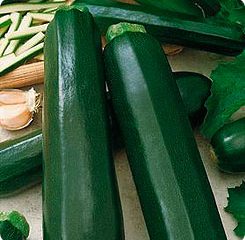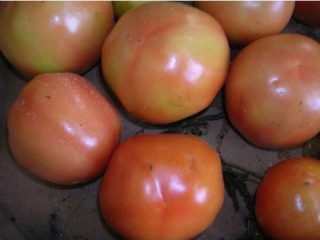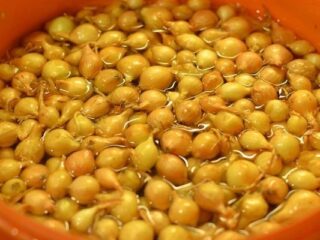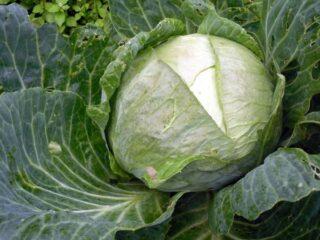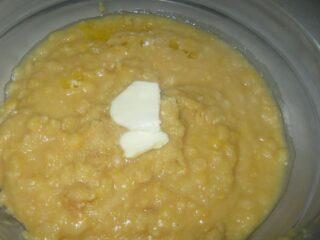Content
Are you envious of your neighbors' rich garlic harvest? Most likely, the reason that small garlic grows in your garden bed lies in the variety and care provided. You also need to know about the secrets of growing this crop. We'll tell you how to prepare a bed for garlic before winter in the fall.
When is a bed prepared for garlic?
We advise you to start preparing in advance. If you plan to plant the crop around mid-October, then it is advisable to begin preparatory work with the onset of autumn. During this time, the soil will settle and become compacted. This guarantees the fact that after planting the garlic, the soil will not sag. This will prevent young roots from being torn off.
Garlic varieties
To distinguish a spring variety from a winter variety, you need to consider the external characteristics.
Winter
With the help of this variety, large cloves are formed (one head contains from 5 to 10 pieces), evenly surrounding the stem. This variety with a burning taste has high winter hardiness and can withstand frosts down to -25 degrees Celsius. Sandy loam soil is suitable for growing winter garlic. It produces a large harvest and is eaten in the fall.Not suitable for winter storage.
Spring
It is distinguished by small segments with a chaotic arrangement (8-20 cloves). It has low winter hardiness and grows well on light loamy soil. Compared to the winter variety, spring garlic has a milder taste. It tolerates winter well, so spring garlic can be stored until spring.
Choosing a landing site
Preparing a bed for garlic begins with choosing a location. It should be well lit and located on a slight hill. A shady area is not suitable for growing this crop, as in this case you will get a crop with small heads. We do not recommend overdoing it with watering, so exclude low-lying areas for planting garlic. For growing large heads, light fertile soil with neutral acidity (chernozem, loamy or sandy loam soil) is suitable. Garlic does not grow well on clay. If the soil is highly acidic, you can use wood ash or chalk.
The best and worst predecessors
We recommend planting this crop after legumes. However, not every garden or galvanized greenhouse grows peas or beans. Therefore, to smooth out this deficiency, green manure is sown. The best time is August. It is advisable to use mixtures that include oats, mustard, lupine and other green manure. If this method is not suitable, you can plant garlic after pumpkin, peppers, blueberries, and zucchini.
Preparing a bed for garlic in the fall
The bed must be prepared in advance. To do this, you need to dig up the soil and apply fertilizer. It is advisable to do this at the end of summer. The ideal dimensions of a bed for garlic are approximately 1 meter wide and up to 25 centimeters high.After the soil settles, the beds are watered several times. Give up the idea of planting garlic immediately after digging the soil. Because of this, after the soil shrinks, the garlic will deepen, causing growth to slow down. We'll tell you in more detail how to prepare a garden bed for garlic.
Fertilizing the soil
In order for plants to grow well, they need feeding. You need to know how to fertilize a garlic bed in the fall and how to do it correctly. We recommend adding compost to the garden bed. For these purposes, you can use rotted manure at the rate of half a bucket per square meter. To build up the root mass with cloves, you will need fertilizing rich in phosphorus and potassium.
Disinfection
Before planting, you need to disinfect the soil to prevent crop diseases and pest invasion. For disinfection, potassium permanganate and 1% copper sulfate solution are used. Products such as Acrobat and Fitosporin are effective.
Digging
After applying fertilizers and loosening agents, the bed is dug up. There is no need to overdo it in this matter; the depth of the shovel bayonet is enough. Next, you need to level the soil and leave it until October.
Planting garlic
The selected culture is soaked in a 1% solution of copper sulfate for a day, then easily dried. After this procedure, you can plant:
- We create depressions on the ridge (the distance from each other is approximately 10 centimeters).
- We place the planting material in the holes (without deep penetration).
- Cover the holes with compost and mulch the soil. Dry leaves or pine needles are suitable for these purposes.
Errors during cultivation
To get a good harvest, you need to at least avoid common mistakes of inexperienced gardeners:
- Avoid placing ridges in lowlands.
- Cover the beds with snow in winter.
- Plant garlic in warm weather.
- Fertilize in spring and summer.
When shoots form, they must be removed in a timely manner so that they do not take away nutrients from the head.

